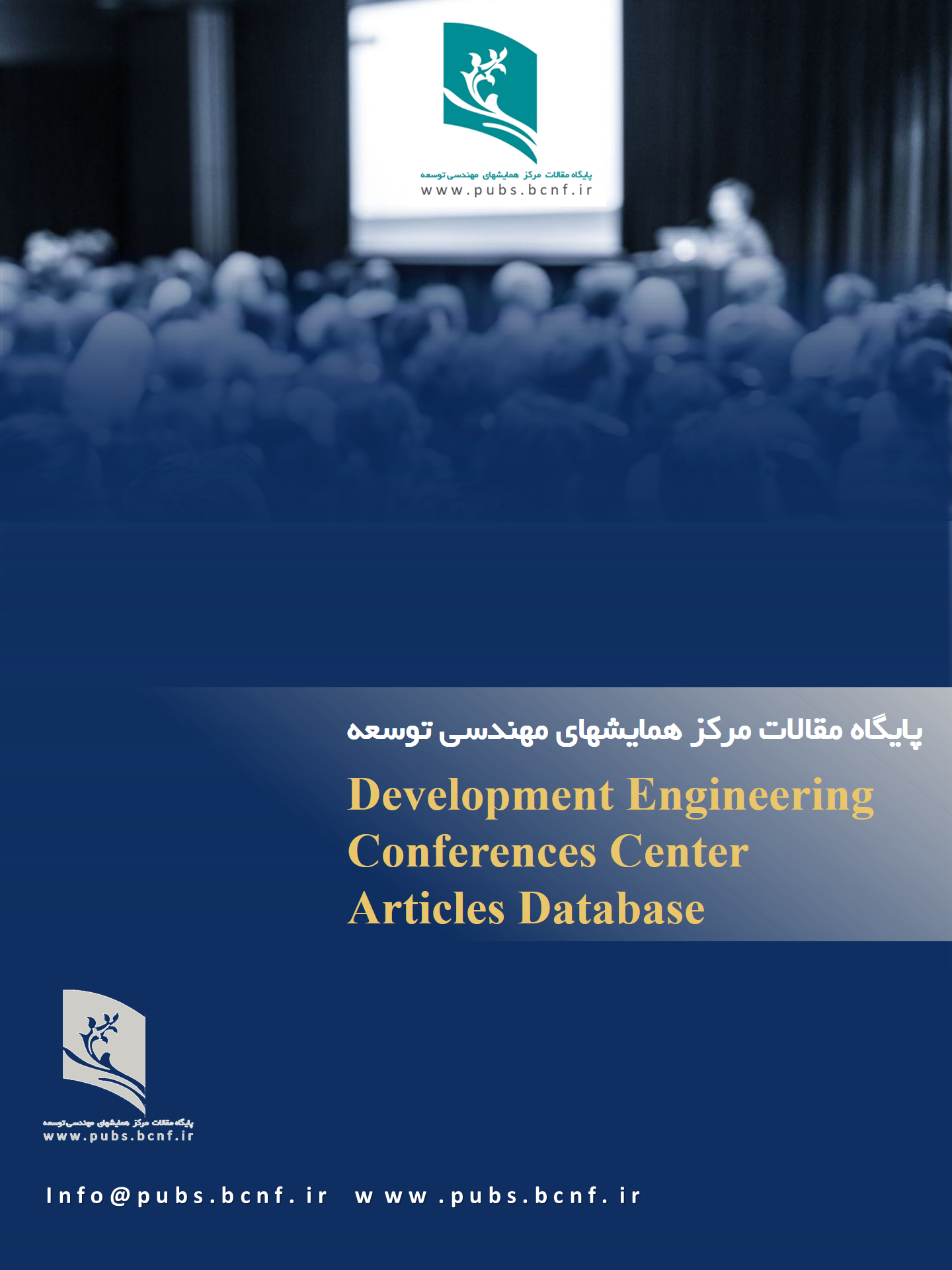The prediction of the amount of salt sediment in the electrolyte solutions with the extended equation of states based on Peng Robinson equation of state
Keywords:
Electrolyte solutions, Equation of states, Peng Robinson, Salt sediment, Solid- liquid equilibriumAbstract
The solubility of several salt in different electrolyte solutions is modeled by using the proposed equation of state. The modified Peng-Robinson equation of state, Born and MSA terms, were used at this model. To do this modeling, a large number of experimental data has been collected for electrolyte systems. At this modeling, optimization based on salt has used and van der Waals attraction parameter, van der Waals excluded-volume parameter, ion diameter and binary interaction parameter between the molecule-salt have been optimized by fitting experimental data of liquid density and average mean ionic activity coefficients over wide range of temperatures. The Average relative deviation for prediction of salt solubility in the electrolyte solutions, for potassium dichromate solution, potassium chlorate solution, potassium nitrate solution, ammonium chloride solution, sodium sulfate solution, potassium iodide solution, sodium nitrate solution, potassium sulfate solution is obtained 2.23% ,1.16% ,1.28% ,1.93 %, 1.34 %, 2.28%, 2.57%, 1.03% respectively. The solubility of three-component systems were also predicted with good accuracy. The solubility of salts in ternary systems was also predicted with high accuracy. The results showed that this model could predict solid-liquid equilibrium behavior over a wide range of temperature and pressure.
Downloads
References
1.Loehe, J.R. and M.D. Donohue, Recent advances in modeling thermodynamic properties of aqueous strong electrolyte systems. AIChE Journal, 1997. 43(1): p. 180-195.
Reference to a book:
2.Lin, Y., K. Thomsen, and J.c. de Hemptinne, Multicomponent equations of state for electrolytes. AIChE journal, 2007. 53(4): p. 989-1005.
3.Masoudi, R., et al., A new approach in modelling phase equilibria and gas solubility in electrolyte solutions and its applications to gas hydrates. Fluid Phase Equilibria, 2004. 215(2): p. 163-174.
4.Farelo, F., G. Von Brachel, and H. Offermann, Solid‐liquid equilibria in the ternary system nacl‐kcl‐h2o. The Canadian Journal of Chemical Engineering, 1993. 71(1): p. 141-146.
5.Kolker, A. and J. de Pablo, Thermodynamic modeling of the solubility of salts in mixed aqueous-organic solvents. Industrial & engineering chemistry research, 1996. 35(1): p. 228-233
6.Tan, S.P., H. Adidharma, and M. Radosz, Statistical associating fluid theory coupled with restricted primitive model to represent aqueous strong electrolytes. Industrial & engineering chemistry research, 2005. 44(12): p. 4442-4452.
7.Haghtalab, A. and S.H. Mazloumi, Electrolyte Cubic Square-Well Equation of State for Computation of the Solubility CO2 and H2S in Aqueous MDEA Solutions. Industrial & Engineering Chemistry Research, 2010. 49(13): p. 6221-6230.
8.Tsai, J.-C. and Y.-P. Chen, Application of a volume-translated Peng-Robinson equation of state on vapor-liquid equilibrium calculations. Fluid phase equilibria, 1998. 145(2): p. 193-215.
9.Danesh, A., PVT and phase behaviour of petroleum reservoir fluids. Vol. 47. 1998: Elsevier
10.Zoghi, A.T., F. Feyzi, and M.R. Dehghani, Modeling CO2 solubility in aqueous N-methyldiethanolamine solution by electrolyte modified Peng–Robinson plus association equation of state. Industrial & Engineering Chemistry Research, 2012. 51(29): p. 9875-9885.
11.Roux, A., et al., Apparent molal heat capacities and volumes of aqueous electrolytes at 25 C: NaClO3, NaClO4, NaNO3, NaBrO3, NaIO3, KClO3, KBrO3, KIO3, NH4NO3, NH4Cl, and NH4ClO4. Canadian Journal of Chemistry, 1978. 56(1): p. 24-28.
12.Speight, J.G., Lange's handbook of chemistry. Vol. 1. 2005: McGraw-Hill New York.
13.POTTER II, R.W. and M.A. Clynne, SOLUBILITY OF HIGHLY SOLUBLE SALTS IN AQUEOUS MEDIA-PART 1, NaCI, KCI, CaCI, Na, S04, and K, S04 SOLUBILITIES TO 100 C. US DEPARTMENT OF THE INTERIOR, 1978. 6(6): p. 701-705.
14.Schroeder, W., A. Gabriel, and E.P. Partridge, Solubility Equilibria of Sodium Sulfate at Temperatures of 150 to 350°. I. Effect of Sodium Hydroxide and Sodium Chloride1. Journal of the American Chemical Society, 1935. 57(9): p. 1539-1546.
15.Gibson, R.E., The Calculation of the Solubility of Certain Salts in Water at High Pressures from Data Obtained at Low Pressures. Journal of the American Chemical Society, 1934. 56(4): p. 865-870.
16.Northrop, J.H. and M. Kunitz, Solubility Curves of Mixtures and Solid Solutions. The Journal of general physiology, 1930. 13(6): p. 781-791.
17.Langer, H. and H. Offermann, On the solubility of sodium chloride in water. Journal of crystal growth, 1982. 60(2): p. 389-392.
18.Potter, R., R.S. Babcock, and D.L. Brown, A new method for determining the solubility of salts in aqueous solutions at elevated temperatures. Jour. Research US Geol. Survey, 1977. 5(3): p. 389-395.
19.Blounot, C. and F. Dickson, The solubility of anhydrite (CaSO4) in NaCl-H2O from 100 to 450 C and 1 to 1000 bars. Geochimica et Cosmochimica Acta, 1969. 33(2): p. 227-245.
20.Pinho, S.P. and E.A. Macedo, Solubility of NaCl, NaBr, and KCl in water, methanol, ethanol, and their mixed solvents. Journal of Chemical & Engineering Data, 2005. 50(1): p. 29-32.
21.Zemaitis Jr, J.F., et al., Handbook of aqueous electrolyte thermodynamics: Theory & application. 2010: John Wiley & Sons.



